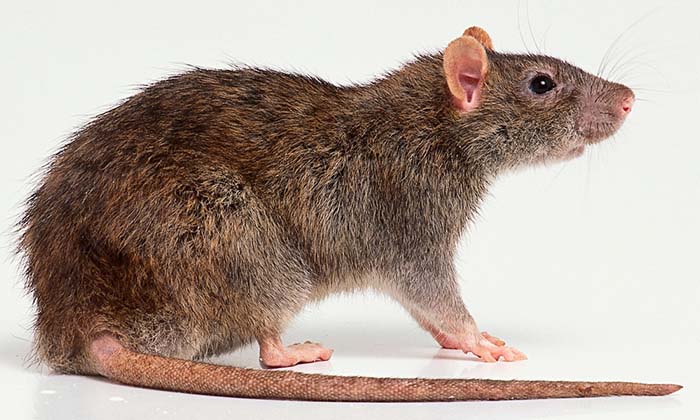Are you looking to boost your pest control business’s online visibility?
Learn how to use schema markup to improve your search engine optimization (SEO). By implementing structured data, you can enhance your website’s performance and increase your chances of ranking higher on search engine results pages.
This article will guide you through the basics of schema markup and provide you with best practices for optimizing your structured data for SEO success.
Get ready to take your online presence to the next level!
The Basics of Structured Data
If you want to improve your search engine visibility, you need to understand the basics of structured data. This is especially important for local pest control businesses looking to attract more customers online.
Structured data refers to the organized format of information on a website, which helps search engines better understand and categorize the content. By implementing structured data, you can provide search engines with important details about your business, such as your location, contact information, services offered, and customer reviews. This enables search engines to display more relevant and accurate information in search results, increasing your visibility and attracting targeted traffic.
However, there are common mistakes to avoid when implementing structured data for pest control websites, such as using incorrect schema types or failing to regularly update the data. By understanding the importance of structured data and avoiding these mistakes, you can effectively enhance your SEO efforts and boost your online presence.
Understanding Schema Markup for Pest Control
To understand Schema Markup for pest control, familiarize yourself with its use in categorizing and organizing information on websites. Schema Markup is a form of structured data that helps search engines understand and display content in a more meaningful way.
For pest control websites, Schema Markup can provide valuable information about the services offered, such as the types of pests treated, methods used, and customer reviews. It can also help dispel common pest control misconceptions by providing accurate and reliable information.
Key Benefits of Implementing Structured Data
The key benefits of implementing structured data for pest control websites include:
Improved search engine visibility and increased targeted traffic. By utilizing structured data, you can enhance your website’s performance in organic search results, leading to a higher ranking on search engine results pages (SERPs).
This increased visibility allows your website to attract more organic traffic, which refers to the number of visitors who find your website through organic search results.
Implementing structured data also improves click-through rates (CTR) on SERPs, as it provides additional information and enhances the appearance of your website in search results.
This increased CTR can lead to higher levels of targeted traffic, as users are more likely to click on your website when it stands out among other search results.
How to Implement Schema Markup for Your Pest Control Website
To implement schema markup for your pest control website and further enhance its performance in search engine results, you can follow these steps.
– First, identify the specific types of schema markup that are relevant to your pest control services. For example, you can use the LocalBusiness schema to highlight your business details, such as name, address, and phone number.
– Next, use the Service schema to provide detailed information about the pest control services you offer, including descriptions, prices, and availability.
– Additionally, consider using the FAQ schema to address common questions and concerns about pest control.
When implementing schema markup, it’s important to avoid common mistakes such as:
– Using incorrect or incomplete markup
– Duplicating markup across multiple pages
– Neglecting to regularly update and maintain the markup.
Best Practices for Optimizing Structured Data for SEO
When optimizing structured data for SEO, it’s important to follow best practices to ensure maximum search engine visibility and improve your pest control website’s performance. One of the key best practices is conducting thorough keyword research. By understanding the keywords that your target audience is using to search for pest control services, you can optimize your structured data to align with those keywords. This will help search engines better understand the content of your website, increasing the likelihood of your website appearing in relevant search results.
Another best practice is to create compelling meta descriptions using structured data. Meta descriptions provide a brief summary of your webpage in search engine results, and by incorporating structured data, you can enhance the appearance and relevance of these descriptions. Use keywords strategically in your meta descriptions to entice users to click on your website and increase your click-through rates.
In conclusion, implementing structured data and schema markup on your pest control website is crucial for improving search engine visibility. By organizing and labeling your content with relevant schema, you can enhance your website’s appearance in search results and attract more targeted traffic.
This can lead to higher rankings, increased visibility, and ultimately, more potential customers for your pest control business. Make sure to follow best practices and regularly optimize your structured data for maximum SEO benefits.

